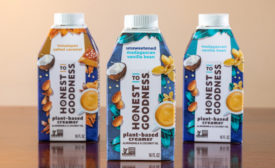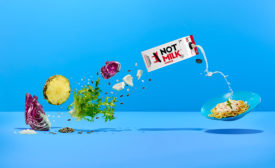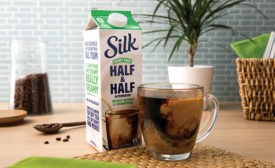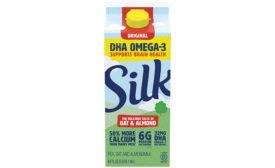Home » plant-based beverages
Articles Tagged with ''plant-based beverages''
The perceived “health halo” of these products, or simply consumers’ desire to try something new, is propelling demand.
Read More
Honest to Goodness launches with line of plant-based coffee creamers
Part of Danone North America, the brand has a mission to give back to communities where its ingredients are sourced.
March 31, 2021
Silk Ultra helping athletes upgrade protein intake, workouts, home-gym setup
On the heels of its high-protein beverage debut, Silk Ultra is challenging athletes to sweat it out with Michael Phelps and Aly Raisman for a chance to win at-home gym essentials and Silk Ultra for the rest of the year.
February 16, 2021
Coffee-mate introduces Natural Bliss functional creamers
The plant-based creamers are made with a blend of oat ‘milk’ and almond ‘milk.’
February 8, 2021
NotCo debuts NotMilk plant-based ‘milk’
The offerings are available in Whole Foods Market stores nationwide.
January 3, 2021
Are plant-based milk alternatives healthier?
Plant-based beverages fall short on protein quality and quantity.
September 21, 2020
Silk is a plant-based products pioneer
Silk introduced its first soy-based beverage decades ago; the Danone North America brand is now a leader in plant-based product innovation that goes well beyond soy
April 3, 2020
Global plant-based protein industry projected to reach $40.6 billion by 2025
In the North American region, high growth is expected due to increases in population and other factors.
January 6, 2020
Stay ahead of the curve. Unlock a dose of cutting-edge insights.
Receive our premium content directly to your inbox.
SIGN-UP TODAYCopyright ©2025. All Rights Reserved BNP Media.
Design, CMS, Hosting & Web Development :: ePublishing











